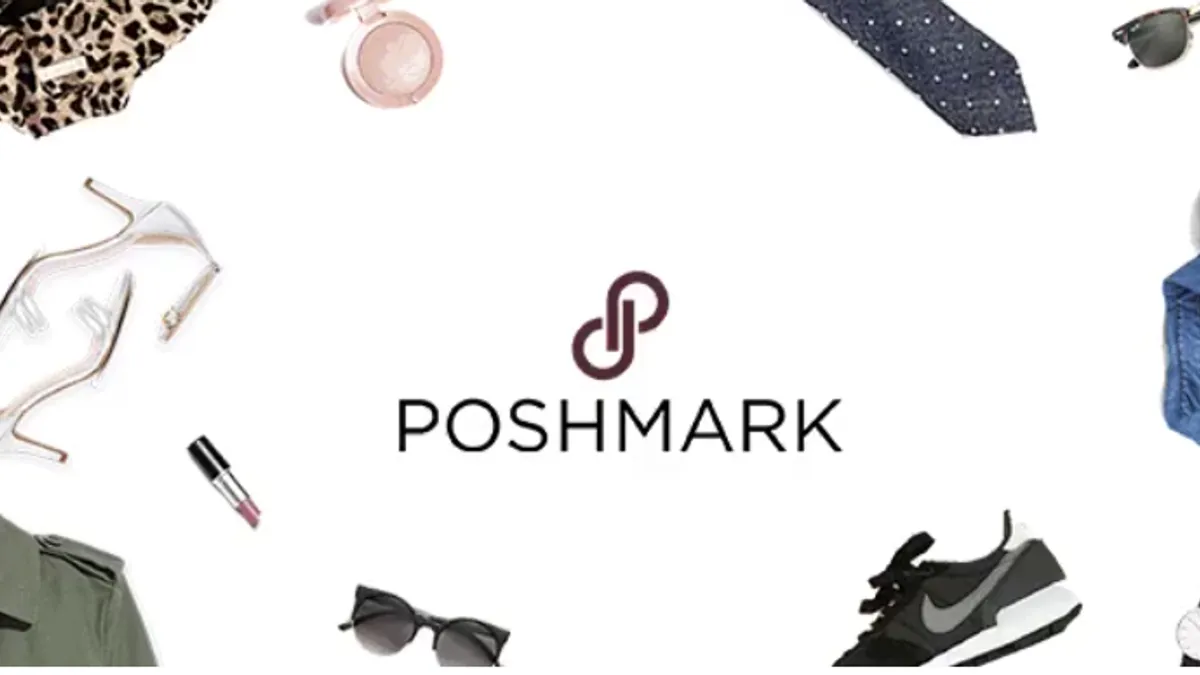UPDATE: December 18, 2020: Poshmark on Thursday filed a document with the Securities and Exchange Commission for an initial public offering on Nasdaq under the symbol POSH. The price range of the initial public offering has yet to be determined.
The company's revenue for the first nine months of the year came to $192.8 million, up 28% year over year. The company currently has 31.7 million active users and 6.2 million active buyers. The majority of active users are millennials or Gen Z.
Dive Brief:
-
Poshmark has initiated the process of becoming a publicly-traded company, filing a draft registration statement on Form S-1 with the Securities and Exchange Commission on Friday, according to a press release.
-
The company has not yet determined the number of shares of Class A common stock to be offered to the public or the proposed stock price range.
-
The IPO is subject to the completion of the SEC's review process, as well as "market and other conditions," the company said in a release.
Dive Insight:
Poshmark is preparing for an IPO on the back of retail's social commerce and resale trends. The company has been in expansion mode in recent years, moving into the home category in June of last year, and just this April, the company rolled out a new Posh Stories feature, which lets users make and share shoppable content for their item listings, as social commerce grows. By Poshmark's own measure, 58% of consumers are willing to purchase through social media rather than a company's website, and 75% would purchase items directly from an individual online.
Meanwhile, a lengthy list of other platforms, including Verishop, Pinterest, Snapchat, Instagram, Google, Shnap and TikTok, are experimenting with similar features. As a result, brands and retailers like Sephora, Estee Lauder, Secret and Macy's have been working to take advantage of the trend by creating shoppable content for various platforms.
As Poshmark pursues an IPO, it does so in a category that's been a hot topic in the retail space in recent years. Prior to the pandemic, the resale and secondhand market was growing. A June report from ThredUp, another top player in the secondhand retail space, found that 52% of consumers plan to spend more on secondhand fashion over the next five years. The report also predicts that the secondhand market will capture 17% of the overall apparel market share in 2029, coming second to the off-price segment.
ThredUp, which was named last year's Disruptor of the Year for the impact the company had on retail, has been busy the past couple of years, enlisting multiple major retail partners, including Madewell, Gap and Walmart. Other companies like Nordstrom and Patagonia have also debuted their own used clothing businesses. As the coronavirus pandemic continues, the current crisis has captured much of retailers' attention, but experts say sustainability will remain a priority for consumers and brands in the long run.












